What Every Prospective Owner Should Know Before Adopting an Oriental Cat

This distinctive breed stands out in the feline world with its striking appearance, characterized by a sleek body, large ears, and expressive almond-shaped eyes. These elegant companions come in two main varieties: the Oriental Short Hair cat and the long-haired Oriental cat, both of which have captured the hearts of enthusiasts worldwide.
Originating from Siamese ancestry but developed into their own distinct breed in the 1950s, these remarkable creatures combine exotic beauty with engaging personalities. Their svelte, muscular physiques house exceptionally intelligent minds and deeply affectionate spirits. Known for their extraordinary bond with human companions, these pets aren't simply passive household residents—they're active family members who participate enthusiastically in daily life.
Whether you're drawn to their distinctive look or their playful personality, adopting an Oriental cat is a significant commitment that requires careful consideration. Unlike some more independent breeds, these felines thrive on interaction and engagement, making them ideal for active households but potentially challenging for those seeking a low-maintenance pet. This article aims to provide prospective owners with essential insights into what makes these magnificent animals unique and what to expect when bringing one into your home, from their distinctive temperament to their specific care requirements and everything in between.
Understanding the Breed
The appearance of these felines is impossible to overlook. With their elongated, muscular bodies, they embody elegance and athleticism in equal measure. Their triangular heads feature prominently large ears that seem almost disproportionate but add to their exotic appeal. Perhaps most captivating are their almond-shaped eyes, which can range in color from vivid green to striking blue, depending on the specific coat color.
Speaking of coats, this breed offers an impressive variety. The Oriental Short Hair cat sports a sleek, glossy coat that lies close to the body, highlighting their svelte physique. In contrast, the long-haired Oriental cat possesses a silky, flowing coat that adds an extra dimension of grace to their appearance. Both varieties come in an astonishing array of colors and patterns—over 300 combinations are recognized, making this breed one of the most diverse in terms of appearance.

Personality and Temperament
Beyond their distinctive looks, these felines are renowned for their extraordinary personalities. These highly intelligent companions approach life with enthusiasm and curiosity. Oriental short-hair cats, in particular, are known for their playful antics well into adulthood, often inventing games and finding creative ways to engage with their environment.
Perhaps the most defining trait of this breed is their deeply social nature. Unlike more independent breeds, they form intense bonds with their human companions. Your new friend will likely become your shadow, following you from room to room and inserting themselves into whatever activity you're engaged in. They're renowned "conversationalists" too, using a range of vocalizations to communicate their needs, observations, and affections. This chattiness is endearing to many owners but worth considering if you prefer a quieter companion.
Health Considerations and Lifespan
When adopting any purebred animal, understanding potential health issues is crucial for providing proper care throughout their lives. This breed generally enjoys good health, with a typical lifespan of 12-16 years, though many well-cared-for individuals live even longer.
Common Health Concerns
Despite their overall hardiness, these felines may be predisposed to certain health conditions:
-
Respiratory Issues: Due to their facial structure, some may experience respiratory challenges, particularly in extremely hot or cold environments.
-
Dental Problems: Their distinctive head shape can sometimes lead to dental overcrowding, making regular dental care essential.
-
Progressive Retinal Atrophy (PRA): This genetic condition affects vision and can lead to blindness, though responsible breeders test for it.
-
Amyloidosis: A condition where proteins are abnormally deposited in organs, particularly affecting the liver.
-
Dilated Cardiomyopathy: A heart condition that can affect this breed, though screening has reduced its prevalence.
Regular veterinary check-ups are vital for the early detection of these conditions. When selecting your new companion, ask the breeder about health testing for these specific concerns. A commitment to preventative care, including appropriate vaccinations, dental cleanings, and a balanced diet, will help maximize your pet's health and longevity.
Nutrition and Weight Management
These animals possess high metabolisms that complement their energetic natures. They typically require high-quality, protein-rich diets to maintain their muscle tone and support their activity levels. Due to their slender build, weight fluctuations can be particularly noticeable and problematic. Regular weight monitoring is recommended as both obesity and rapid weight loss can indicate underlying health issues.
Grooming and Coat Care
The grooming needs of your new companion will largely depend on whether you choose a short-haired or long-haired variety, though both require attention to maintain their coat health.

Caring for Short-Haired Varieties
The Oriental Shorthair cat is often chosen for its relatively low-maintenance coat. Their short, close-lying fur requires minimal grooming, making them appropriate for owners with limited time for coat care. However, "low-maintenance" doesn't mean "no maintenance." Even Oriental Short Hair cats benefit from weekly brushing to remove loose hairs and distribute skin oils, which helps maintain their characteristic glossy appearance.
During seasonal changes, you may notice increased shedding, warranting more frequent brushing sessions. Regular grooming also provides an opportunity to check for any skin issues, parasites, or unusual lumps that might require veterinary attention.
Caring for Long-Haired Varieties
The long-haired Oriental cat presents a more significant grooming commitment. Their silky coats are prone to tangling and matting without regular attention. Ideally, these companions should receive brushing several times per week, if not daily, using appropriate tools such as a wide-toothed comb and a slicker brush.
Pay particular attention to areas prone to matting, such as behind the ears, under the legs, and around the collar area. Establishing a consistent grooming routine early in your pet's life will help them become accustomed to the process. Many long-haired varieties come to enjoy grooming sessions as bonding opportunities with their owners.
Beyond brushing, both varieties require basic care such as occasional nail trimming, ear cleaning, and dental care to maintain overall health and comfort.
Activity Level and Social Needs
Both varieties of this breed—short and long-haired—are among the most energetic and socially demanding feline breeds. Understanding and preparing for these needs is essential for a harmonious relationship with your new companion.
Energy and Stimulation Requirements
Oriental Short Hair cats particularly exemplify the breed's active nature. These companions maintain kitten-like playfulness well into adulthood and even their senior years. Their athletic builds support impressive jumping, climbing, and running capabilities that they're eager to demonstrate throughout your home.
To channel this energy positively, prospective owners should plan to provide:
-
Vertical space for climbing (cat trees, shelves, or wall-mounted perches)
-
Interactive toys that challenge their intelligence
-
Daily play sessions that mimic hunting behaviors
-
Puzzle feeders to engage their minds during mealtimes
-
Rotating toy options to prevent boredom
Without adequate outlets for their energy, these animals may develop behavioral issues such as excessive vocalization, destructive behaviors, or stress-related problems. Their intelligence makes them particularly prone to boredom, which they'll solve creatively, though not always in ways owners appreciate.
Social Intelligence and Attachment
Perhaps even more important than physical activity is addressing this breed's profound need for social interaction. These companions form exceptionally strong bonds with their human families and suffer from loneliness when left alone for extended periods. Many owners describe their pets as "dog-like" in their attachment, greeting them at the door and seeking constant involvement in daily activities.
For households where all members work long hours away from home, this social dependency presents a challenge. Consider whether you can provide the attention these animals crave before committing to adoption. Some solutions for busy households include:
-
Adopting a pair that can provide companionship for each other
-
Arranging for midday visits from a pet sitter
-
Establishing interactive routines inthe mornings and evenings
-
Providing enrichment toys that offer stimulation during alone time
This breed integrates wonderfully into family settings, typically forming bonds with all household members while often selecting a primary "person" with whom they share a special connection. They generally interact well with pet-friendly dogs and can adapt to living with other animals when properly introduced.
Choosing the Right Breeder and Adoption Process
The health, temperament, and overall quality of life your new companion will experience begin with selecting a reputable source. Whether you're interested in an Oriental short-haired cat or a long-haired Oriental cat, taking time to find an ethical breeder is essential.

Finding a Reputable Breeder
A responsible breeder prioritizes health, temperament, and ethical breeding practices over profit or aesthetic extremes. Their primary concern should be producing well-adjusted, healthy kittens rather than maximizing the number of litters or exaggerating physical traits.
When researching breeders, look for those who:
-
Are registered with recognized cat associations
-
Perform relevant health testing on breeding animals
-
Raise kittens in a home environment with proper socialization
-
Limit the number of litters their queens produce
-
Ask questions about your living situation and experience
-
Provide ongoing support after adoption
-
Offer health guarantees and contracts that protect both the kitten and the buyer
Be prepared to wait for the right kitten, as reputable breeders often have waiting lists. This patience is rewarded with a healthier, better-adjusted companion.
The Adoption Process
When adopting from a breeder, expect a thorough process that typically includes:
-
Completion of an application form
-
An interview to assess your suitability
-
Possibly a home visit or virtual tour of your living space
-
A waiting period while a suitable kitten becomes available
-
Regular updates about your kitten's development
-
A contract outlining responsibilities for both parties
Reputable breeders won't release kittens until they're at least 12-14 weeks old, ensuring they've received appropriate socialization and early veterinary care. When collecting your new kitten, you should receive documentation including:
-
Registration papers (if applicable)
-
Health records and vaccination certificates
-
Feeding guidelines and care instructions
-
Spay/neuter agreement (unless purchasing for breeding)
Conclusion: Are You Ready for This Special Companion?
An Oriental cat makes an exceptional companion for the right owner. Their intelligence, athleticism, and devoted nature create a uniquely rewarding relationship that many enthusiasts find unmatched by other breeds.
Before bringing one of these special companions into your home, consider these five essential factors:
-
Personality Match: Their high energy, intelligence, and social needs require an engaged owner who appreciates their interactive nature.
-
Health Commitment: Understanding potential breed-specific concerns and committing to preventative care ensures your companion enjoys a full, healthy life.
-
Grooming Requirements: Regular maintenance, varying by coat type, strengthens your bond while keeping your pet comfortable.
-
Environmental Enrichment: Creating a stimulating environment with climbing opportunities, interactive toys, and companionship is crucial for physical and mental well-being.
-
Source Selection: Choosing a reputable breeder who prioritizes health and temperament provides the foundation for a positive adoption experience.
If you've considered these factors and feel confident in your ability to meet the needs of these extraordinary companions, an Oriental cat could be your perfect match. Their loyalty, intelligence, and affectionate nature will enrich your life with a distinctive personality and beauty for many years.
Are you ready for this rewarding relationship? With proper preparation and understanding of their unique needs, you'll gain one of the most engaging, loving, and entertaining companions available.




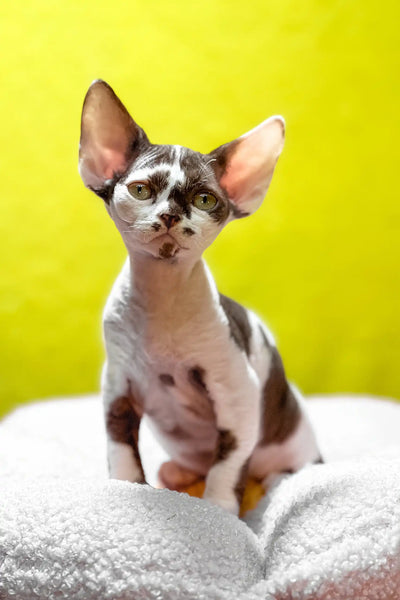
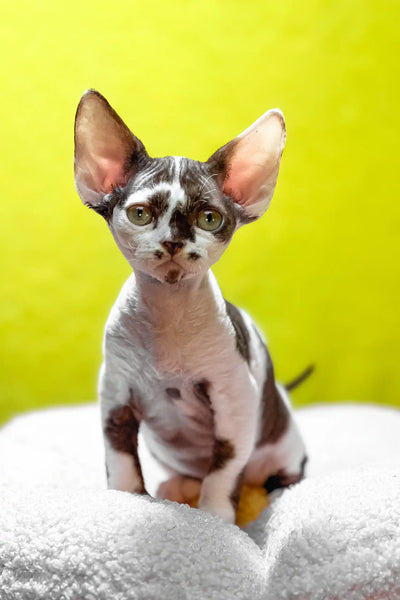


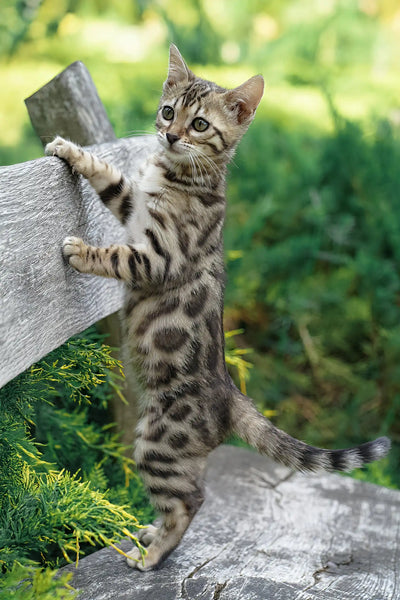
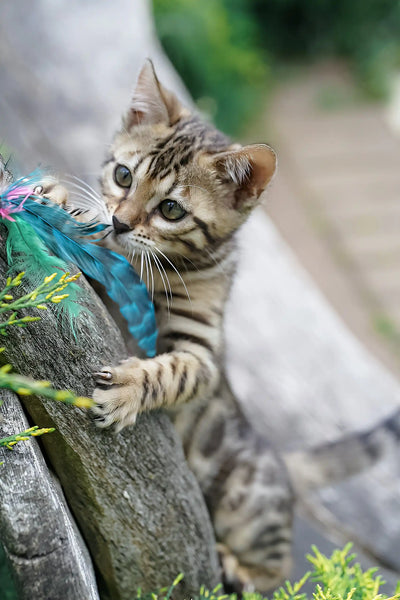
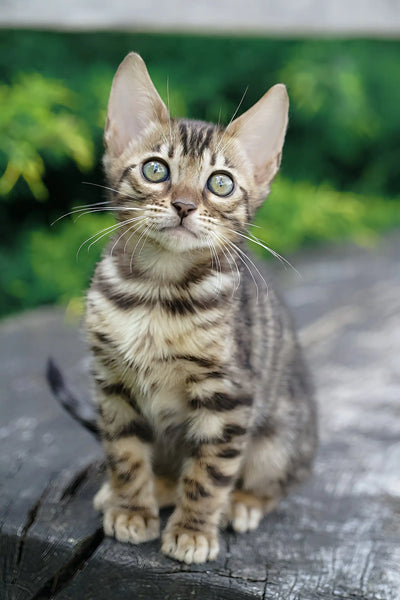
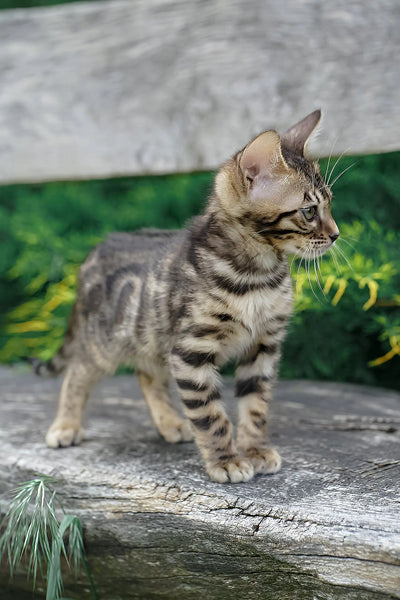
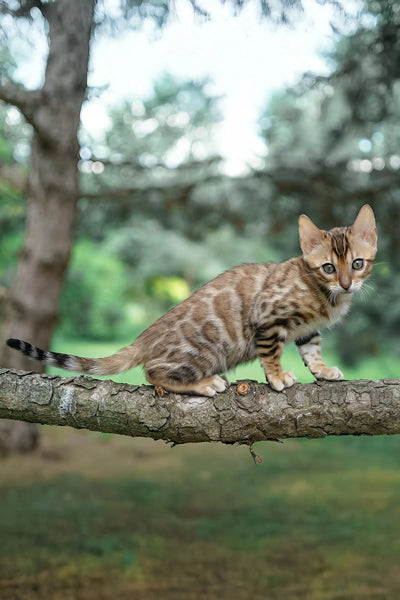
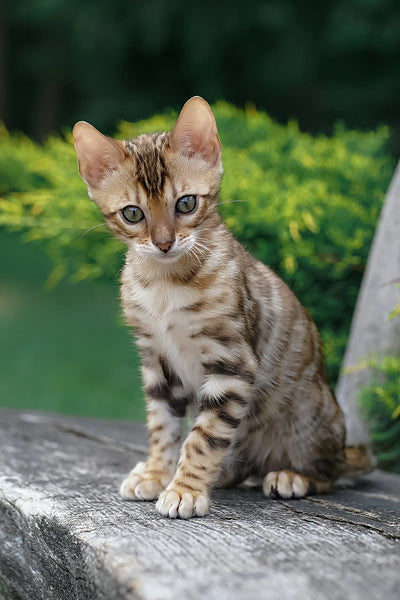
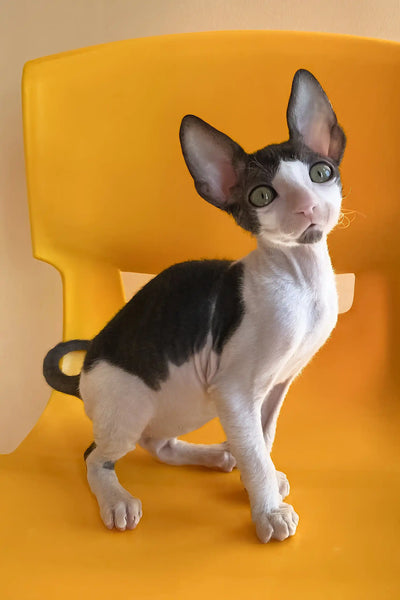





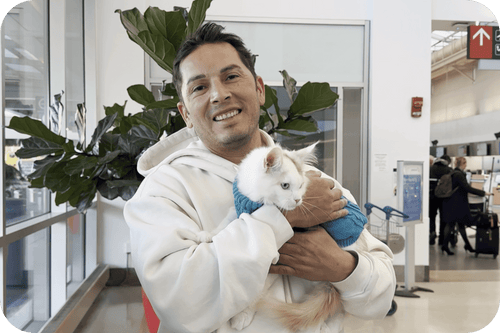
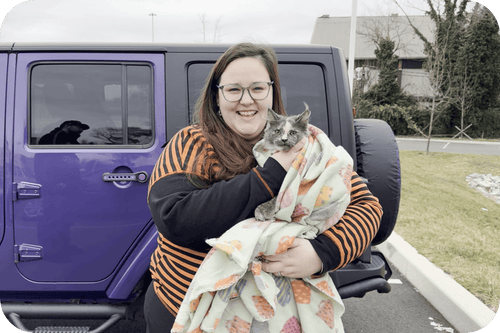




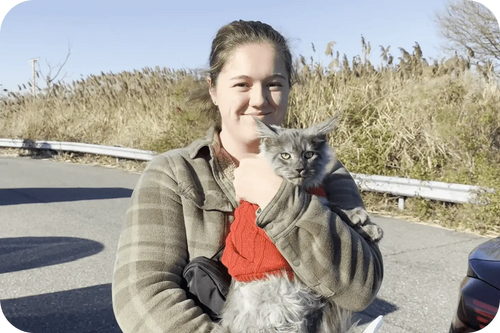
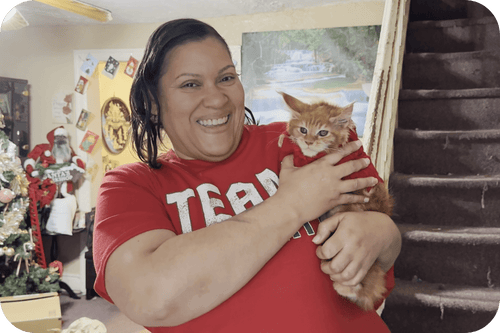
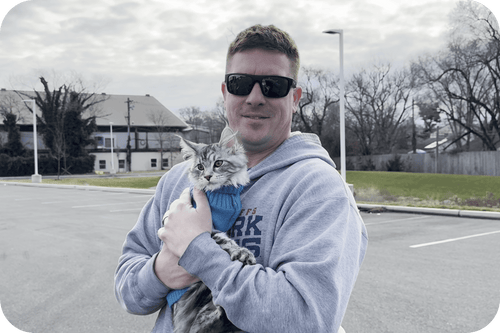



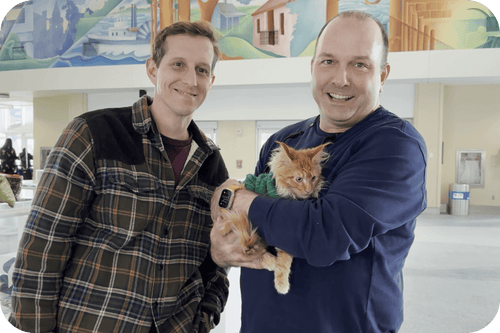

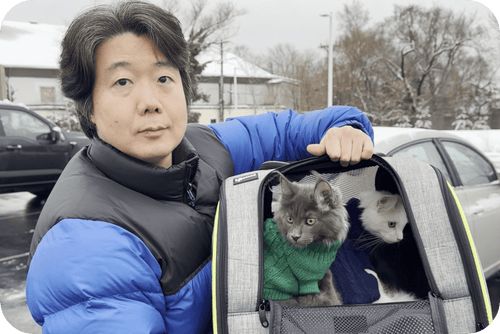
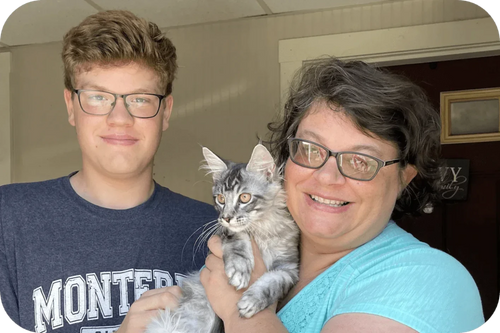

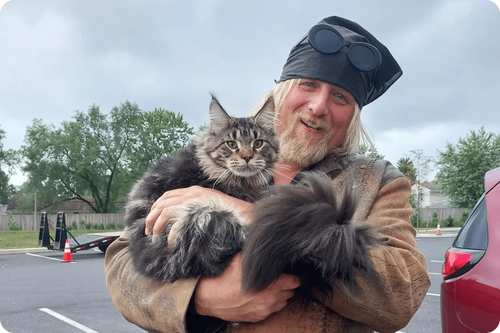

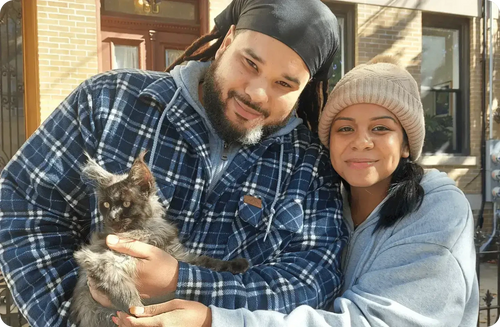
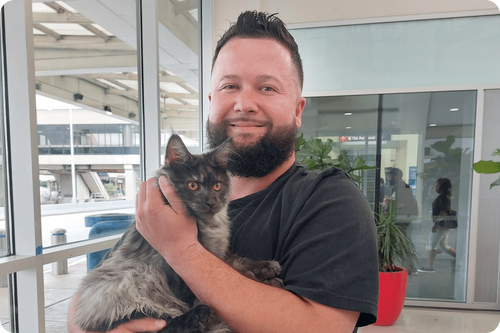










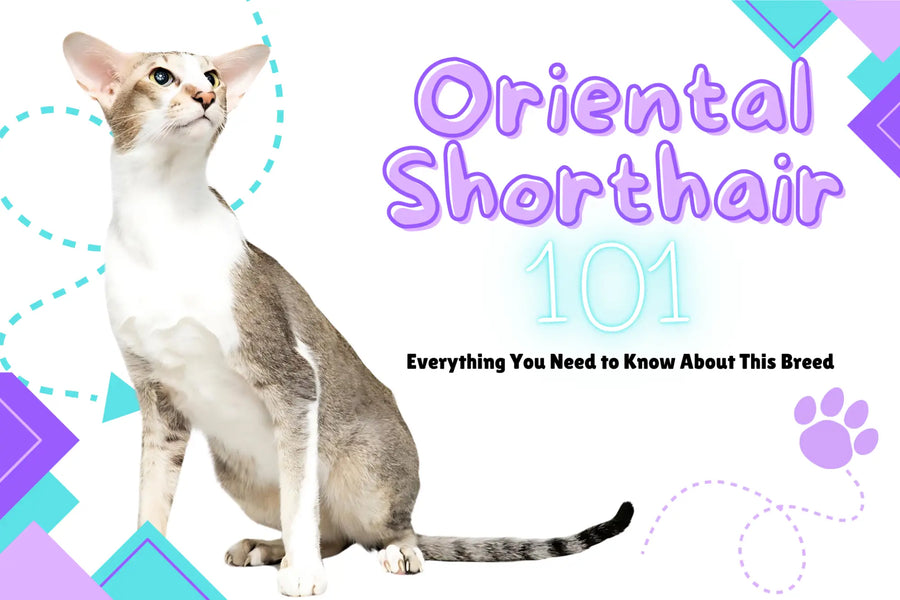
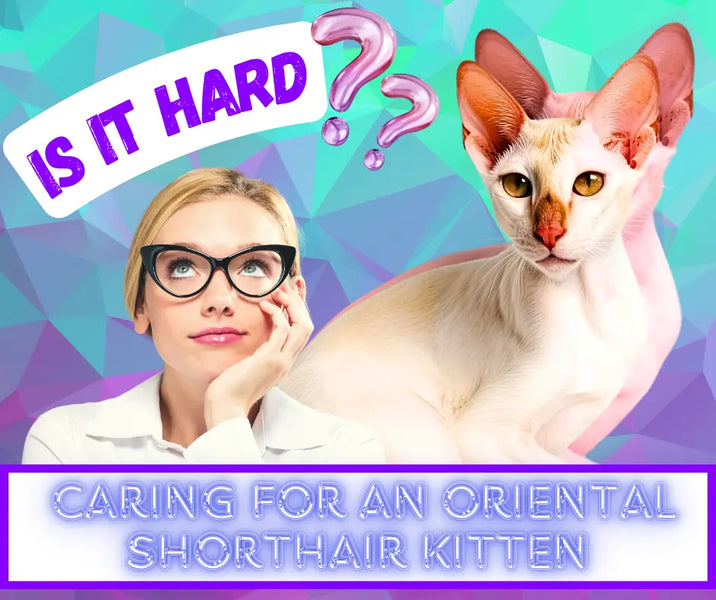
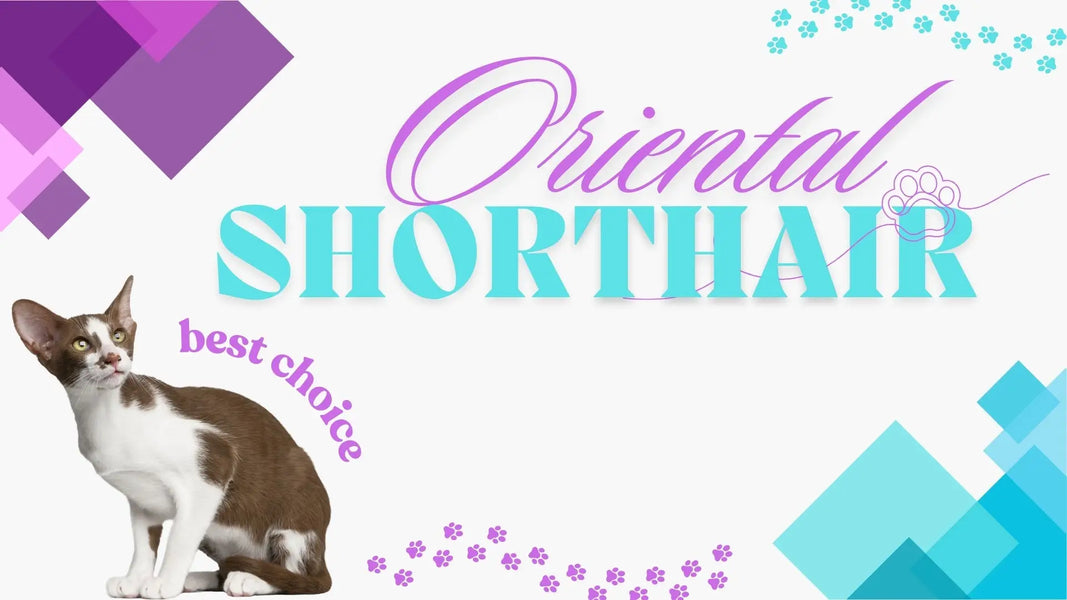


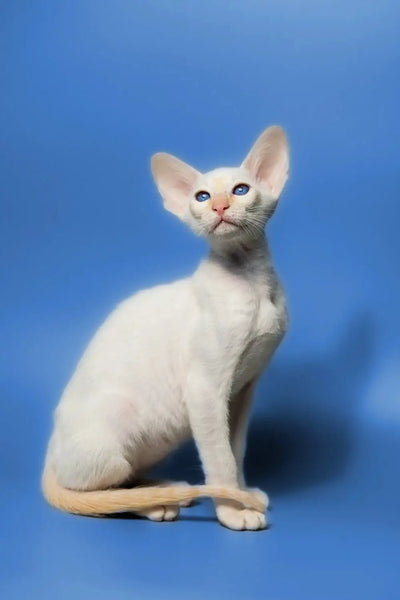




Comments(0)